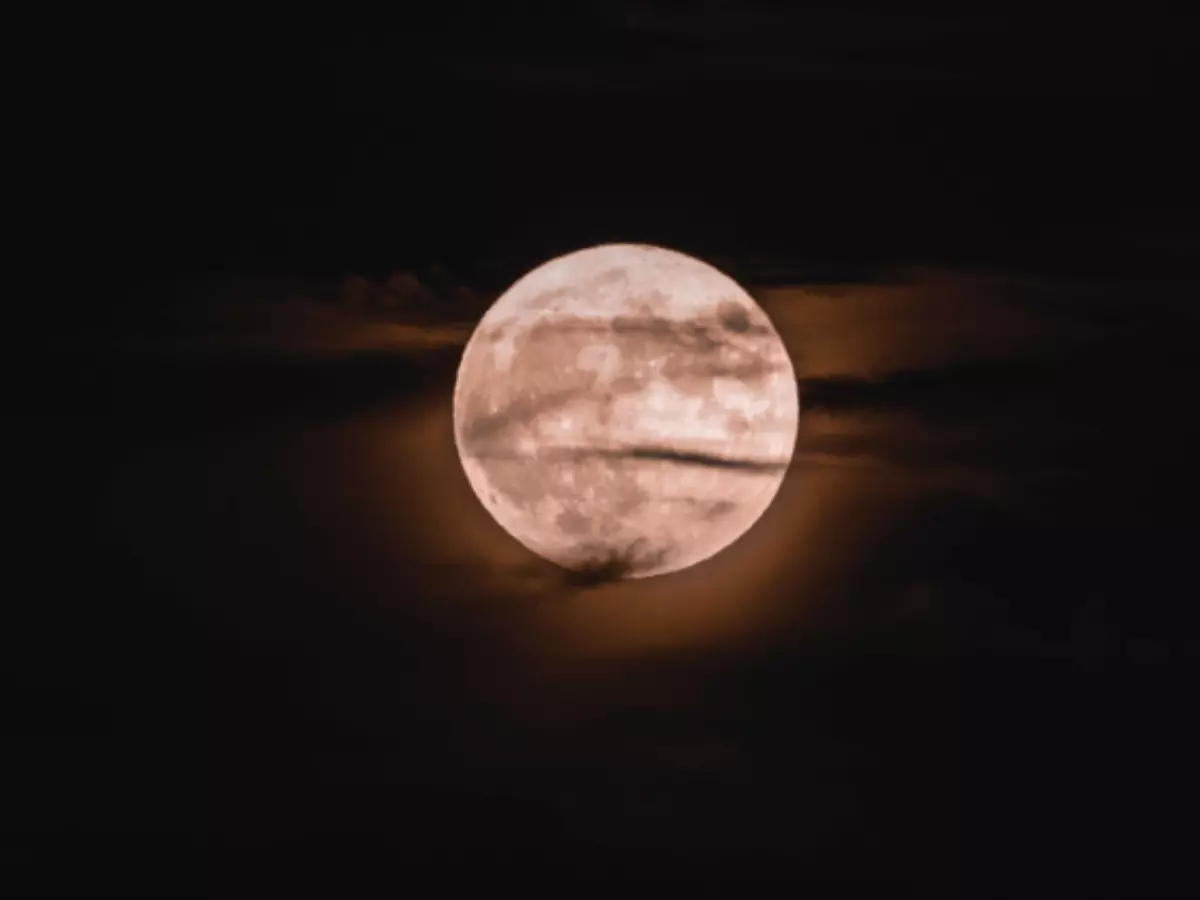In August, There Will Be 2 Supermoons And A Rare Blue Moon - Details Here
The cosmos provides a double spectacle in August that will not be repeated until 2037.

Prepare for an astronomical treat this August when the night sky will be graced with not one but two supermoons as well as a rare blue moon. We will delve into the fascinating celestial happenings that are set to adorn the heavens in this post, providing you with all the necessary information to make the most of these exceptional occurrences.
The impending double supermoons and the elusive blue moon promise to produce a mesmerising spectacle you won't want to miss, whether you're a seasoned stargazer or just a casual night sky viewer. So, brace yourselves for the awe-inspiring beauty of our lunar neighbours in their unusual and bright forms.
Once In A Blue Moon... twice: 2 Supermoons To Illuminate The Night Sky In August
 Instagram/astrofotografiaspb
Instagram/astrofotografiaspb
The full moon rises in the southeast on Tuesday evening, seeming slightly brighter and more significant than usual. Because it will be closer than usual, only 222,159 miles (357,530 km) away, it will be dubbed a supermoon.
The moon will come even closer on August 30 ¨C only 222,043 miles (357,344 km) away. It will be a blue moon because it is the second full moon in the same month. "Warm summer nights are ideal for watching the full moon rise in the eastern sky shortly after sunset. And it happens twice in August," said Fred Espenak, a retired NASA scientist known as Mr Eclipse for his eclipse-chasing prowess.
In 2018, two full supermoons appeared in the sky simultaneously. According to Italian astronomer Gianluca Masi, head of the Virtual Telescope Project, it will not happen again until 2037.
 Credit: Associated Press
Credit: Associated Press
Masi will broadcast a live webcast of the supermoon when it rises over the Coliseum in Rome on Tuesday evening. "My plans are to capture the beauty of this... hopefully bringing the show's emotion to our viewers," Masi wrote in an email.
"The supermoon provides us with an excellent opportunity to look up and explore the sky," he continued. The first supermoon of the year occurred in July. The fourth and final will take place in September. In August, the two will be closer than either of those.
 Credit: Canva
Credit: Canva
Binoculars or backyard telescopes can improve the experience if the skies are clear, Espenak added, exposing characteristics such as lunar maria ¡ª the black plains left by past volcanic lava flows ¡ª and rays originating from lunar craters.
The August full moon is known as the sturgeon moon, according to the Old Farmer's Almanack. This is due to the abundance of that fish in the Great Lakes hundreds of years ago around August.
What do you think about it? Do let us know in the comments.
For more trending stories, follow us on Telegram.
